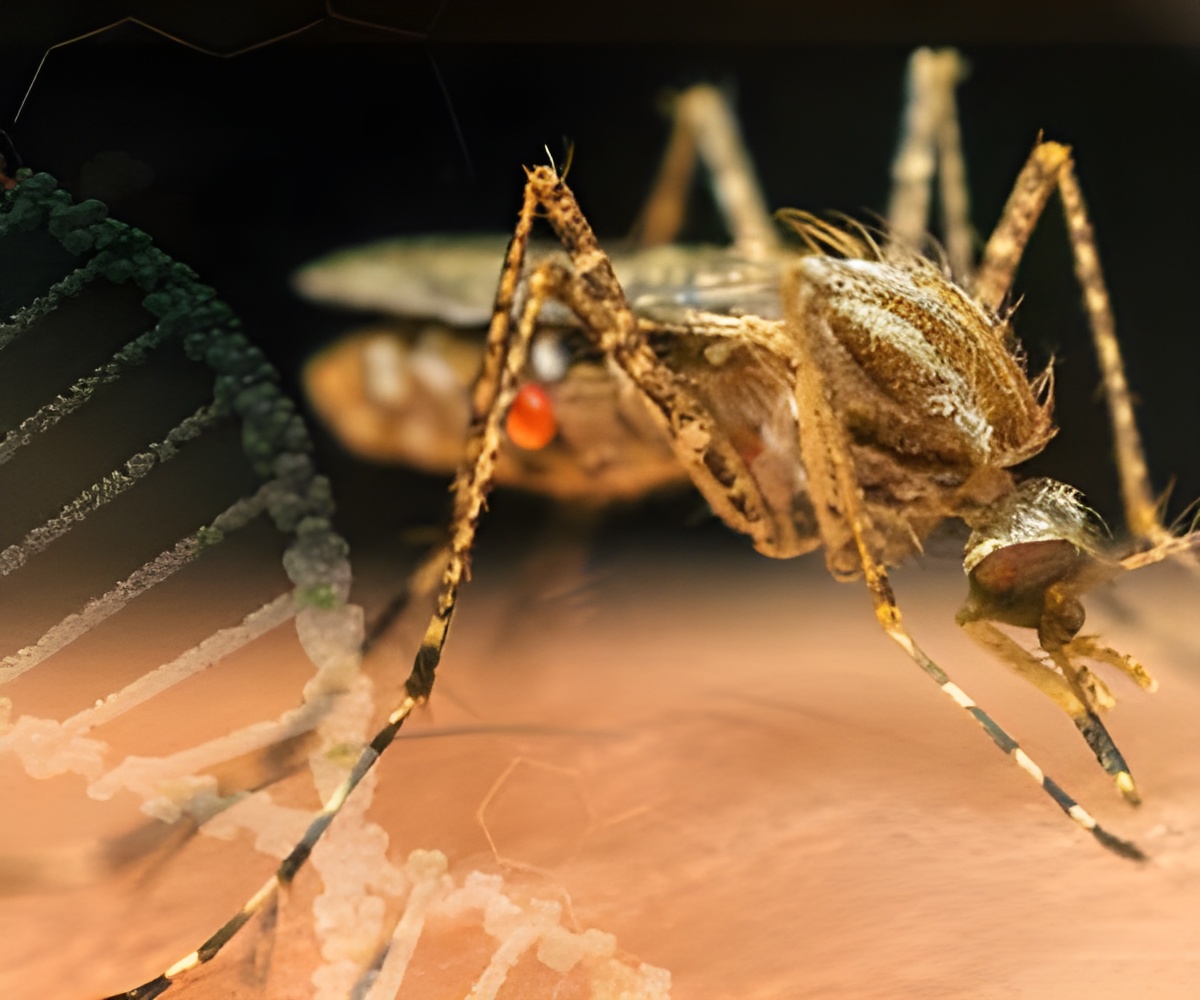
‘Falciparum, vivax, malaria and ovarie were detected in the boy and yet he recovers from the fever and stays healthy.’
Tweet it Now
“The RD kit we used at the clinic could read two types of malaria bacteria — plasmodium of falciparum and vivax — and said ‘mixed’ if there were more types. We immediately started the boy on medicines for the two strands of malaria that we detected and kept him at the Darbha clinic, which has a few beds. Fortunately, he recovered after a week and was sent back to the hostel,” Basak said. While Bastar has an acute malaria problem, he adds, the cases are usually limited to two strands. “There are four malaria strands in total — falciparum, vivax, malaria and ovarie. The first two are the most prevalent in Bastar, and in India in general. But in Bastar, falciparum is the real danger and often leads to cerebral malaria. Malariae and ovariae are similar to the first two in terms of their treatment, so the medication doesn’t differ much. But we had never before seen a case with all four strands in the bloodstream,” Basak says.
Earlier in 2017, Hungra was taken, with extreme fever and weakness, to a hospital in the Jagdalpur district headquarters. He was not taken to the NIRTH centre and so the presence of multiple parasites in his bloodstream was not confirmed.
M L Kacchi, the principal of the government boys’ school where Hunga studies, says, “Every week, one child or the other from here is admitted to the hospital with malaria. Even the teachers fall ill very often. There is not much we can do except get them treatment on time.”
R Prasanna, Director, National Health Mission for Chhattisgarh, acknowledges that the problem in Bastar has lasted a while, and says they are now adopting another approach.
Advertisement
Source-Medindia









